Often times I hear teachers use the term guided reading or strategy lessons, when they are talking about small reading groups.
This is one of the biggest challenges of being a teacher, particularly in the primary grades; having a common language with other teachers in your grade or school. Depending on the books or articles you read or the experts you talk with, the terms used for similar topics are different. So what they mean, really depends on their background knowledge.
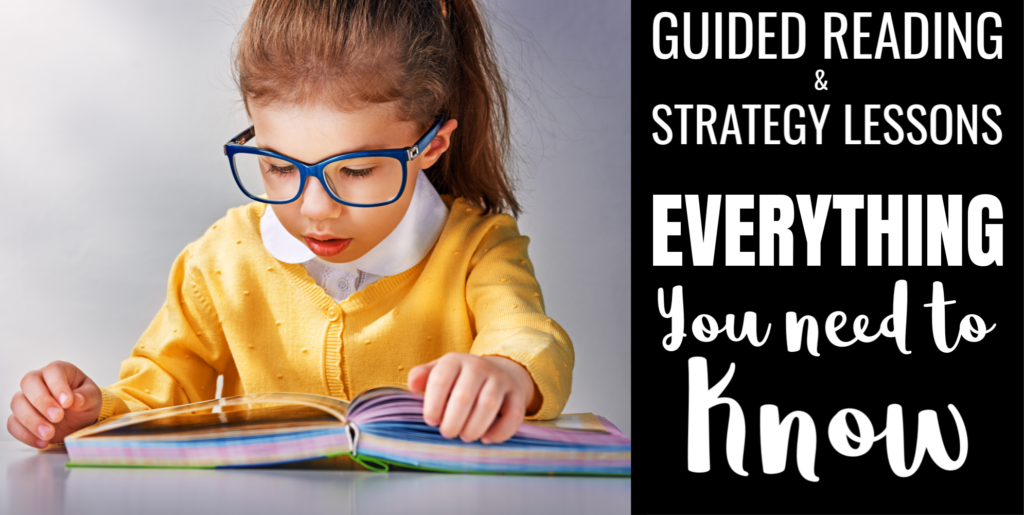
For many years small group reading instruction was just that, meeting with small groups of students to read a story together from a basal reader. Often the teacher had a low, average, and high group of children and those groups stayed together for the whole school year. There was really no expectation that the groups would change, unless a child moved into your classroom or someone didn’t fit in the group in major way.
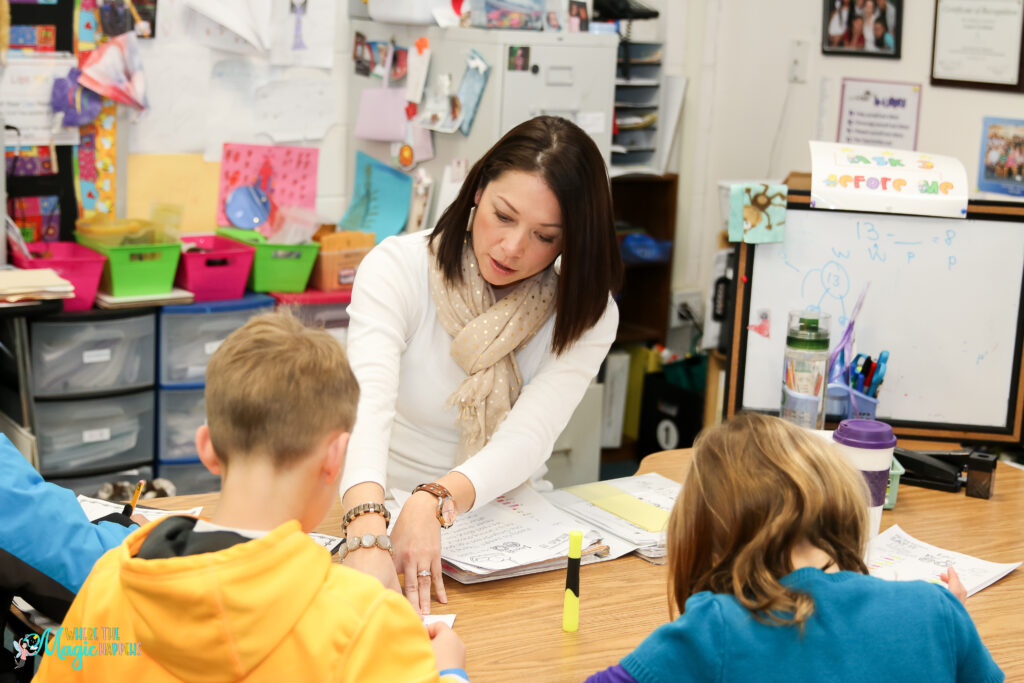
In the early 1990’s a group of primary grade teachers associated with The Ohio State University came together to explore things from a different perspective. From their work the Balanced Literacy Framework emerged particularly for K-2 classrooms. Guided Reading is one of the essential components of the framework, the others being Interactive Read Aloud, Shared Reading, and Independent Reading. Since this is a literacy framework, the writing components include Shared Writing, Interactive Writing, Guided Writing (or Writing Workshop), and Independent Writing. Later grades 3 – 6 were included in this exploration.
What is Guided Reading?
Guided Reading is an instructional approach that involves a teacher working with a small group of readers using leveled text. During the lesson, the teacher provides a text that students can read with support, coaching the learners as they use problem-solving strategies to read the text (note the use of the word strategies here, this is part of the reason for confusion). The goal is independent application of reading strategies to read increasingly more challenging text.
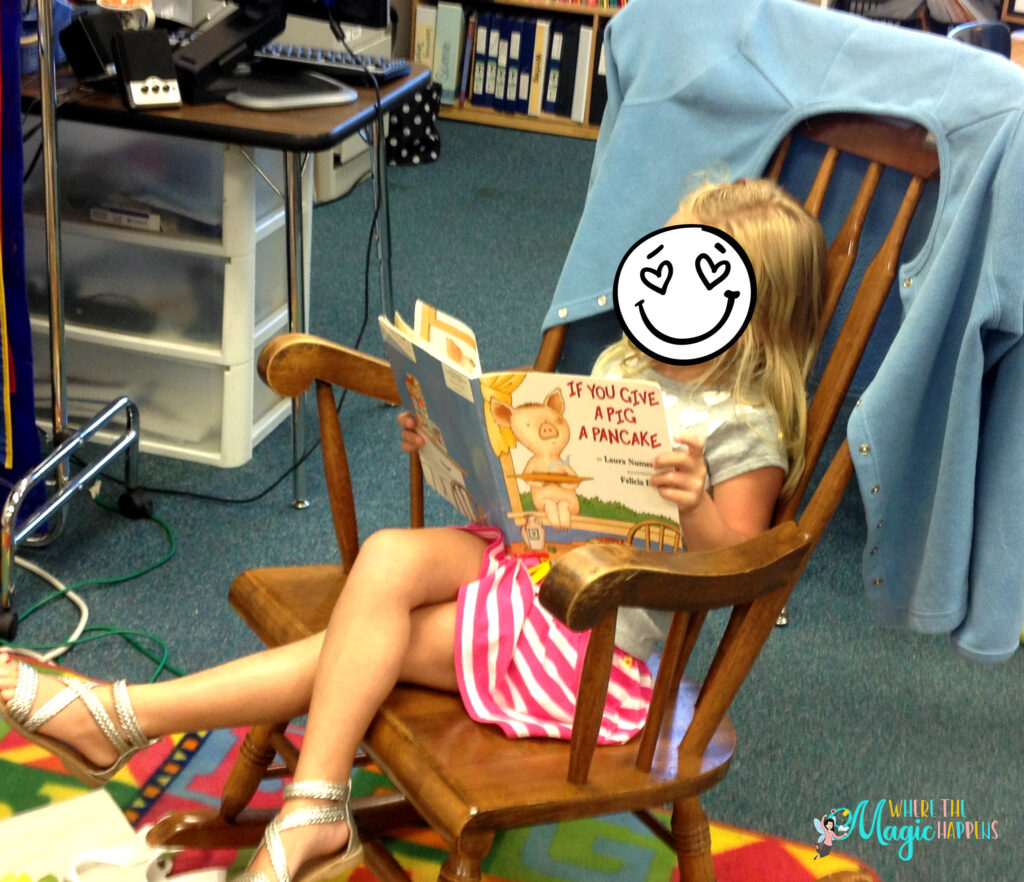
What are some general features of guided reading?
- The teacher meets with groups of 3 to 6 students (Richard Allington suggests that 3 is the most effective group size, especially for struggling readers).
- The groups are flexible and fluid; they change based on ongoing assessment (particularly reading/running records).
- Students are grouped according to reading level.
- During the lesson, the students read a text that is slightly harder than what they can read without support.
- The teacher listens to each child read a snip of the text during the lesson and takes brief notes about progress.
- The teacher coaches students to apply reading strategies as they read both individually and as a group.
- The children come together during the lesson to discuss the meaning of the text with teacher guidance.

Some important theoretical elements of Guided Reading are: reading for meaning is both the guide and the goal of reading, sometimes a reader needs to take a quick detour into how words look or sound because it makes meaning development easier, and the focus of teaching is always learning how to solve problems while reading leveled text for meaning.
What is a Reading Strategy Lesson?

A Reading Strategy Lesson is also a type of small group instruction that is focused on a reading strategy. Students are placed into a reading strategy group when the teacher has found that they have a common strategy that needs improvement. Each student brings their own book and is reading at their own level. The strategy itself is the focus of the group, not the reading level of the students. As the spread of levels in a classroom increase (particularly in grades two and three), students have common strategy needs but read at widely different levels of difficulty.
The teacher’s role in a Reading Strategy Lesson is to bring a group of students together that share a common strategy that needs improvement. Teachers are responsible for identifying the need, creating the group, and bringing together the materials and students. Close reads in particular, work very well during strategy lessons. What are some general features of a reading strategy lesson?
- The teacher starts by modeling the strategy by using a think aloud, reading part of a carefully selected passage aloud and modeling how to use the reading strategy. Often some kind of visual is used to clarify the elements of the strategy.
- Students read part of their text and practice using the strategy in the way the teacher modeled it.
- Depending on the size of the group and the amount of time, students can take turns and read their text out loud and modeling the strategy one at a time while others listen and give feedback or the students can read silently and then share their experiences with the strategy.
- When students have shown their understanding of the strategy, they will leave the group and practice independently. If there is a student that does not show depth of understanding of the strategy, the teacher can ask them to stay and reteach with them one-on-one.
- After a reading strategy lesson is over, time is provided for students to practice the strategy with their independent reading book.
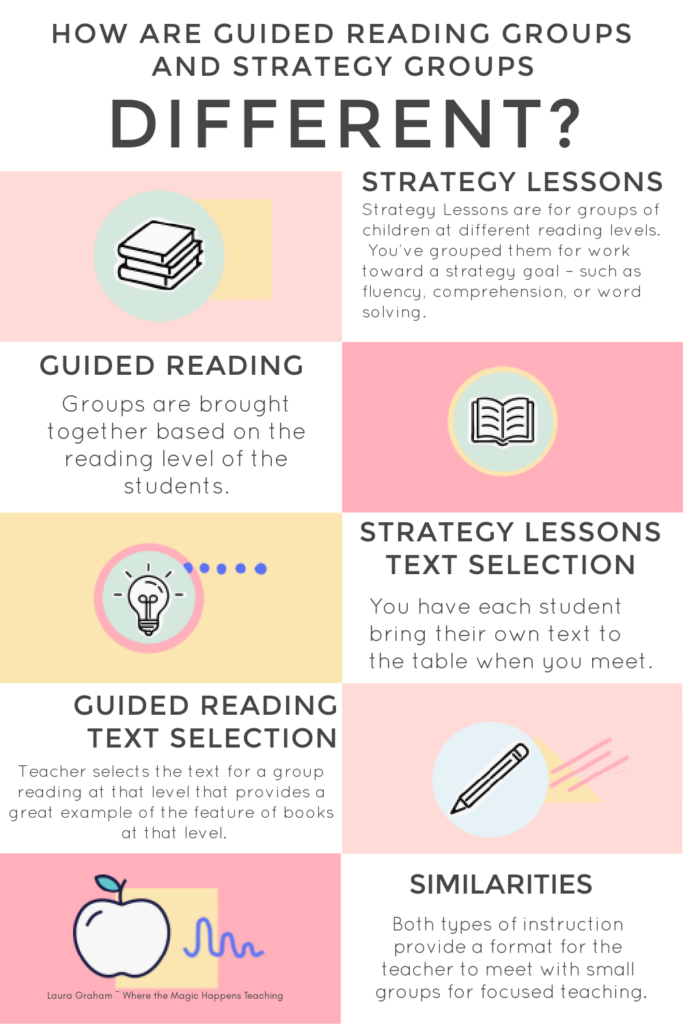
Some important theoretical elements of Reading Strategy Lessons are that reading is about problem solving, students need many strategies to use in a variety of situations, there are different strategies for different kinds of text, and the focus of the teaching is application of the strategy.
In my experience, guided reading lessons are more appropriate for younger readers because text selection really matters. Students are thinking about questions like does this story make sense, did what I say look like the word in the text, or do we talk like this as they read for meaning. Once students can read for meaning and pleasure, then they need to add to their repertoire of problem-solving strategies because the text they read becomes more varied and complex. They transition to strategy lessons, like how to identify the main idea or considering the problem and solution becomes important. As a teacher, being able to articulate what I am doing when teaching reading and why I am doing it is the key! It is very possible that as a teacher a teacher will have both guided reading groups and strategy lessons occurring in the classroom and some children might participate in both! It isn’t just a matter of semantics but the deeper understanding of how to plan and teach for the reading needs of students.
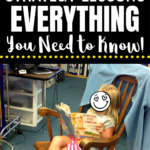
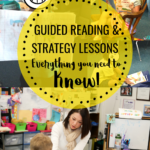
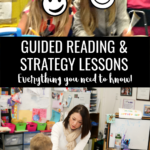
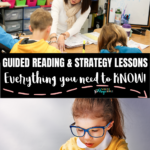
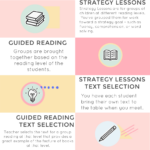
[…] about letters and sounds is a key literacy skill in the early years and a part of being able to read and write. As teachers/parents we do this orally – helping our children distinguish between […]